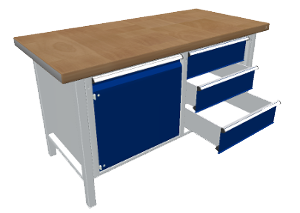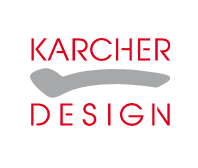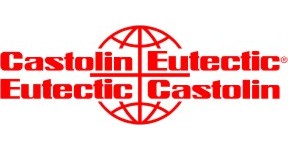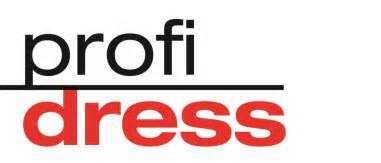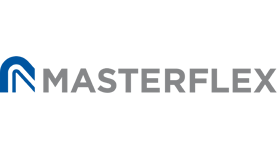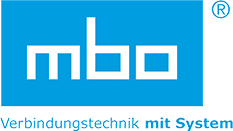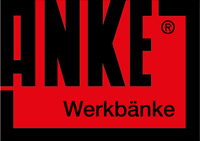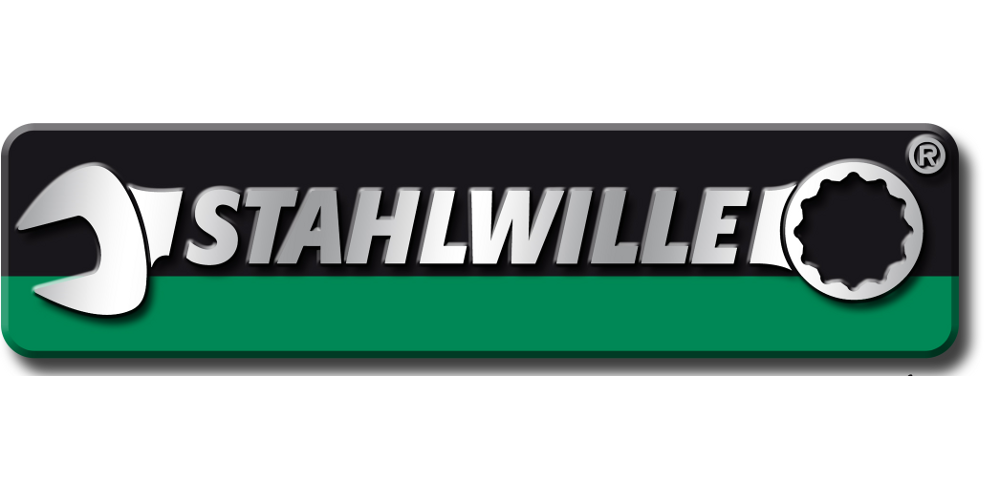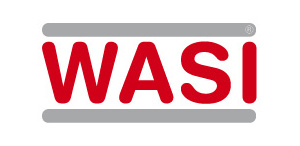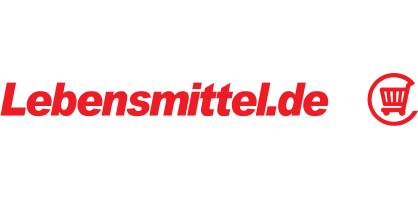
The worldwide first headless CPQ software shipped by Sepia!
What does “CPQ software” mean?
Basically, “Configure, Price, Quote (CPQ)” is not a new topic. However, a lot has happened recently in the design and use of CPQ software, and the trend towards increasingly customized products has put the topic on the agenda of many digitization projects.
But what exactly is CPQ software? Traditional CPQ is a sales tool for companies, through which orders should be generated quickly and without errors. Such a tool usually works in combination with CRM platforms, ERP systems or even PIM software to obtain the required master data for order creation from them. The orders generated via CPQ are usually based on sets of rules stored there that take into account factors such as customer groups, order volumes, discounts, customer-specific adjustments, optional features and compatibilities.
What is Headless CPQ as opposed to Standard CPQ?
A Headless CPQ software like Sepia’s new Alterra CQP operates separately from a graphical user interface. It provides simple mechanisms for incorporating CPQ functions into other systems such as websites, web stores, sales software or customer portals. The advantage of headless systems is that companies can very easily add new CPQ functionality to existing environments. Software from different manufacturers can be interconnected in this way.
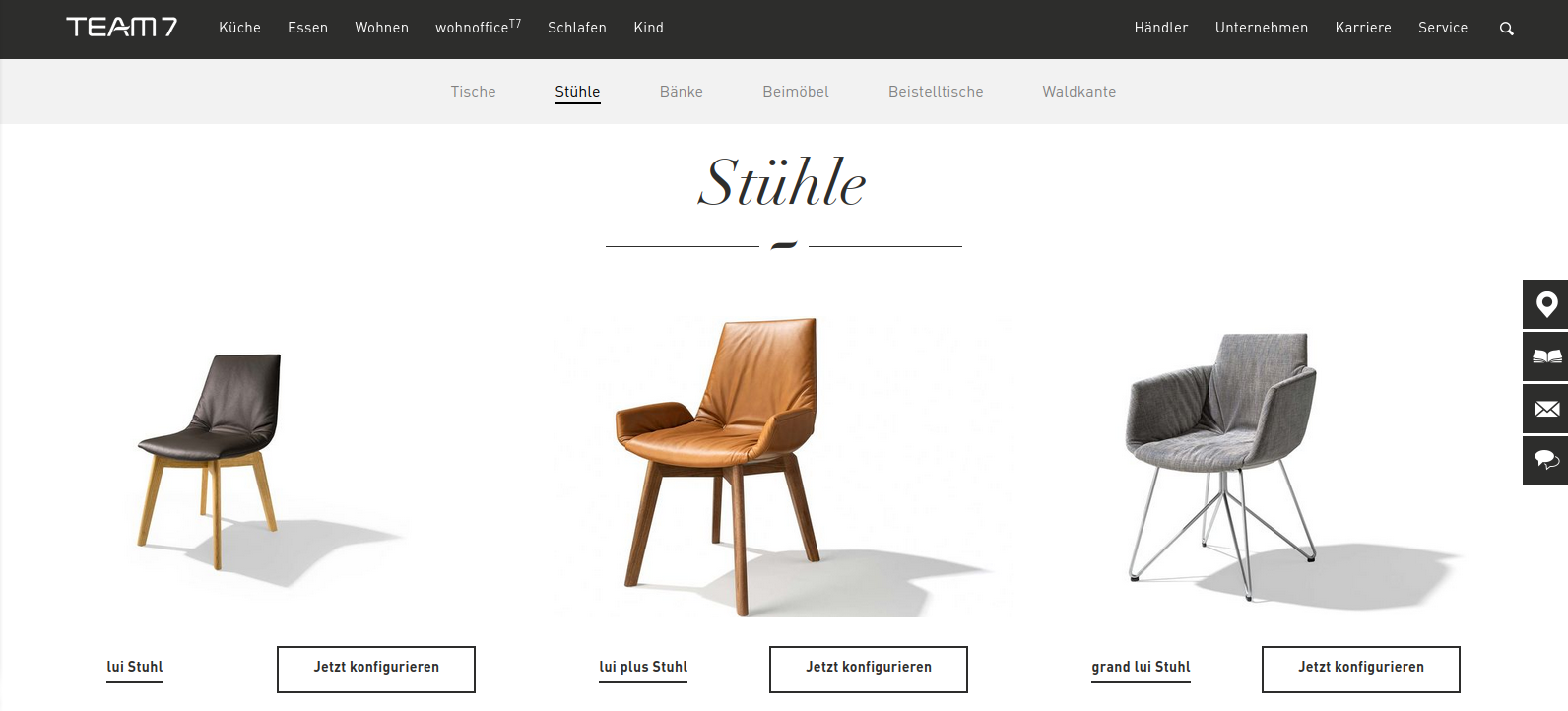
What benefits do we expect from CPQ systems?
There are many good reasons for using CPQ systems. For example: When competent employees retire, a great deal of product knowledge can be lost. Through CPQ and the rules contained therein, this product knowledge can be conserved in time and even multiplied. In addition, CPQ Software has significant streamlining potential for sales organizations. Employees can save up to 50% of their working time here – while at the same time increasing the product portfolio offered and taking into account increasingly differentiated customer needs.
With CPQ sales can be significantly accelerated
Sales people spend only 40% of their time on pure selling. The remaining time, i.e. about 50%, is largely spent on research, preparing quotations, generating orders and obtaining approvals. CPQ software realizes the rationalization potential in precisely this area: Salespeople generate orders 10 times faster with a significantly lower error rate; obtaining approvals is either eliminated or done extremely quickly. The training of new sales staff is much easier because much less product knowledge has to be obtained or passed on – the required product knowledge is “stored” in the product configurator.
How do products and sales be structured to make CPQ a useful tool?
To build up CPQ, it is imperative that production, logistics and sales work together end-to-end and that the underlying processes are coordinated. In a standard environment without CPQ, in the worst case, the products are also not or hardly structured in a modular way or as variants. The product diversity presented to the customer is thus reflected 1:1 in maximum complexity in the internal processes.
In this case, one can assume the greatest possible friction losses in all points – from production to logistics to sales. In this case, there is maximum optimization potential in both production and sales, and usually also in logistics.
The second scenario is a rationally structured production with modular products or products planned as variants. Building on this foundation, there is a good chance of successfully establishing CPQ Software in sales and thus bringing about a CPQ funnel effect.
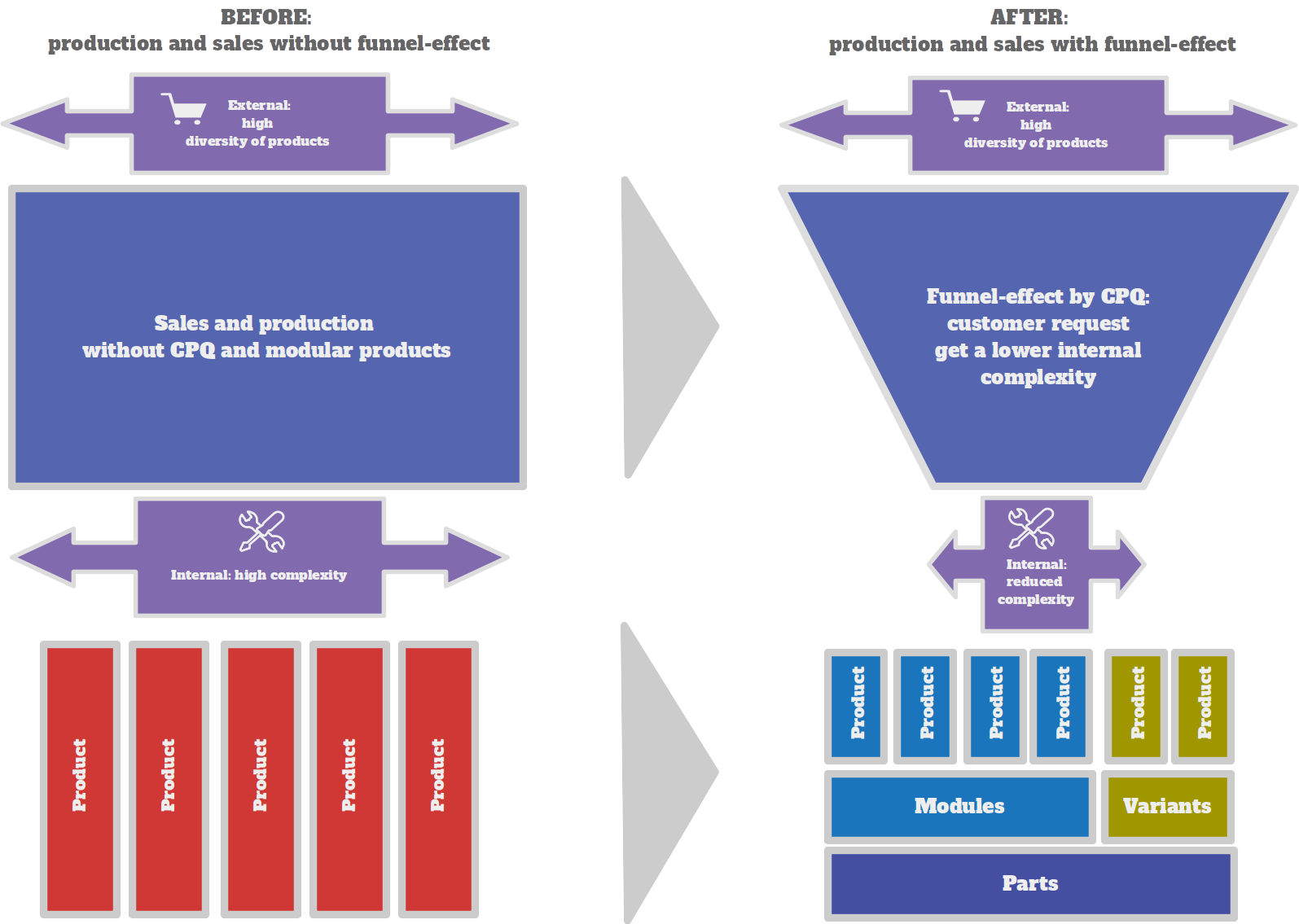
With “Configure, Price, Quote” AND modular structures in warehousing, production and logistics, the variety of products presented externally to the customer can be managed more easily internally. The CPQ uses the modular design of the products to offer the customer many configuration options, and internally the modular design allows a quick response to this requirement. Thus, in this case, the CPQ funnel effect sets in. The company works with minimal friction losses, the customer can order the greatest possible variation of products, and production and delivery can proceed with much fewer delays than would be the case without modular production and CPQ.
What potential does CPQ have through integration with other systems?
Now that we have established that companies will probably not be able to avoid addressing the topic of CPQ in the future, the question remains as to how and where such functionality could be usefully placed beyond a standard product configurator or an ERP input mask?
Shouldn’t a product also be displayable and configurable in its complete diversity at every point where it is digitally retrieved? From this multi-channel point of view, it is clear that all configuration options for a product should also be easy to use at all customer touch points.
Technically, this can be solved neatly with Alterra: Alterra Headless-CPQ publishes its functionality neutrally via so-called services (REST-API). So it can be easily integrated into any already existing web application or website. Each function can be called as a web service or via GraphQL. In this context, the first things in the list include the company’s own sales platform, the product area of the website, the web shop, partner websites and shops, and of course the point of sale. This means that the same configuration data and, of course, the same conditions can be used in each target channel without media discontinuity. Using data matrix codes, configuration information can even be passed on in paper form and later retrieved and modified elsewhere.
Headless CPQ: easy integration into existing sales tools and web sites
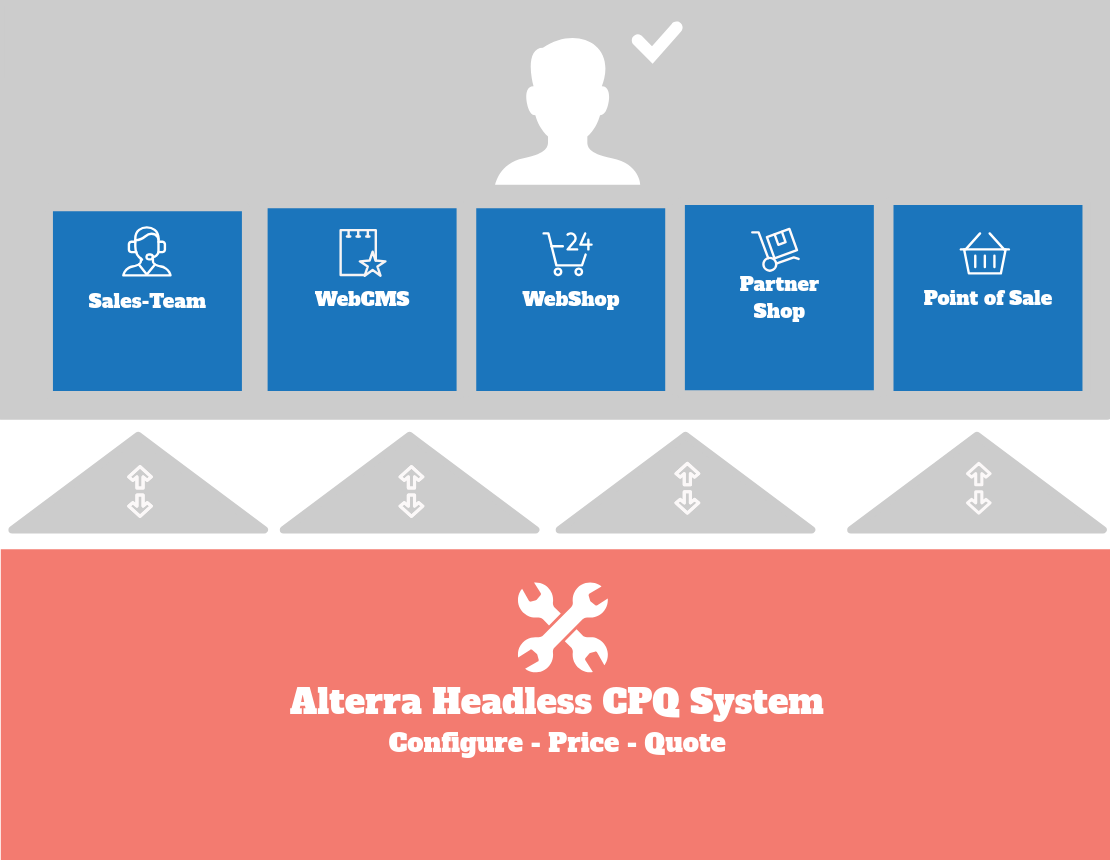
If this headless philosophy is implemented consistently, the result is that a prospective customer can marvel at all facets of a product’s configuration options on all websites that use this service, at the places where a product is displayed and advertised – and this, in each case, precisely matched to the current context.
Just to remember: Traditional methods would have used classic links to an external configurator. In the worst case, the customer’s previously entered data would have been lost and the customer would have jumped off the actual page they were on – also a very undesirable effect. Today, the trend in online product marketing, especially in the consumer sector, is to write a story around products, particularly in the context of a blog. Within such a blog, the product can then be can then be seamlessly incorporated including its configuration, even in the middle of the story.
On the Internet there are completely new requirements and trends in the field of CPQ.
Or another case: A product is to be distributed via a partner’s web shop. With the new technology, the partner can directly not only import, promote and sell a product list, but also offer the live configuration for each product, embedded in their own sales platform without visual and logical breaks . Here, for example, the very sophisticated price and discount system of Alterra::PCM can be used. Or: The internal sales department has been successfully using its own CRM system for a long time – in which there is still no product configuration feature. Here, too, the new service can be used immediately as an extension. The list of possible applications could be continued endlessly.
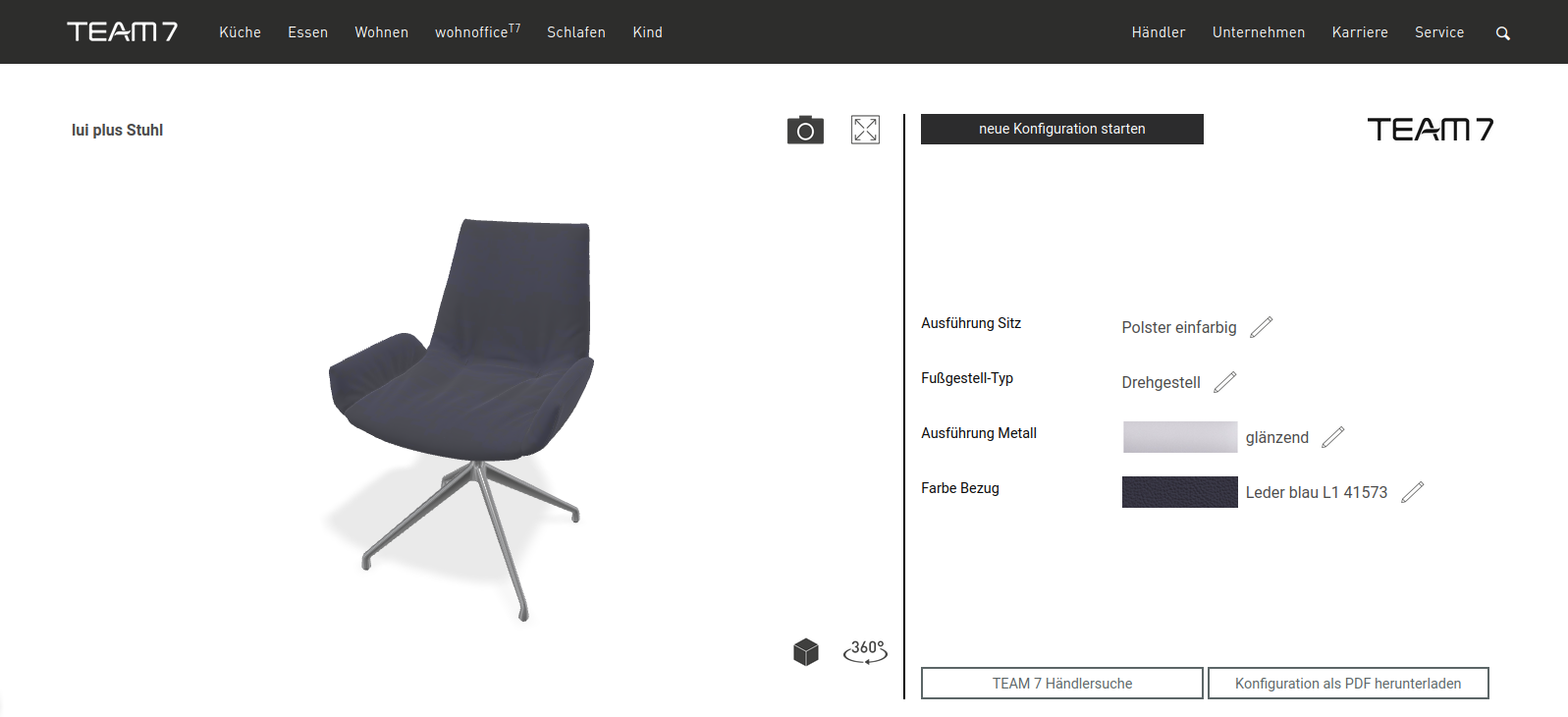
The technology behind it: MACH = Microservices, API-first, Cloud-native and Headless
The technology that makes this possible is referred to in technical terms as Microservices, API-first, Cloud-native and Headless (MACH).
The headless functions are therefore mostly implemented via so-called “microservices”. This type of software is used wherever functions from different core areas are needed side by side or even working together. For example, on a sales platform, an ERP microservice can specify the inventory level of a component that is part of a sales order from Alterra Headless CPQ.
Modern applications deliberately separate form, function and data and offer their functions and data abstractly in the form of services that can be called via the web. If the form is separated from function and data, it is also much easier to divide up the work when setting up the customer touch points. Graphics and web development can work completely autonomously and separately from the configurator project. The layout is completely freely selectable, and also the functionality of the page can be extended beyond the configurator core functions. It is obvious that every smart IT manager will rather opt for such a headless solution than for a software monolith of the old-fashioned type.
What does the customer expect from CPQ Software?
Today, the customer, whether B2B or B2C, has completely different requirements and demands on the product presentation and the range of information that should be available on a product. Whereas until not so long ago a prospective customer in B2B would contact “the sales representative he trusted” to ask for advice on the configuration options of a product, today it is expected that the customer himself can select the essential parameters on a try-out basis, right through to complete self-configuration and online ordering even of capital goods. Providers who cannot offer technical solutions in this area will quickly fall behind the competition.
What does sales expect from CPQ Software?
The sales department is also aware of this and is shifting its activities from pure consulting to the planning of customer acquisition measures and other activities for which there was simply no time in the past because they were busy answering customer questions. In addition, there is a problem in sales today, especially in the mature industrial nations, with the transition from the baby boomer generation with a large number of employees optimally trained in the products to new employees who first have to be trained at great expense. Here CPQ Software and product configuration in general can bring a significant relief. Product knowledge no longer has to be stored almost exclusively “in the employee’s head” but can also be called up quite simply with a click in the configurator.
What are the advantages of Alterra::CPQ over other systems?
Compared to other systems, the Alterra software platform has the great advantage that all possible modules and functions exist there for all requirements around product management, which are positively complemented by the Alterra Headless CPQ. The Headless CPQ is the missing component to complete Sepia’s product portfolio for Product Information Management. A user thus has the advantage of directly using PIM, DAM and eCommerce functions in conjunction with the configurator. Thus, the master data used by Configurator is completely entered into Alterra::PIM. The rules set for the configurator via PCRE (Product Configuration Rule Editor) are also stored as master data in the PIM database. In the same way, the configurator can use the possibilities of Alterra::DAM by obtaining its images from here. However, the company is also completely free to use other PIM, DAM and eCommerce systems – simply because of Alterra:CPQ’s MACH architecture.
Conclusion and outlook
Alterra CPQ is the world’s first true standard CPQ system that can run completely in headless mode. Companies that are thinking about new product configurators today cannot avoid dealing with this new system. A few years ago, the term “Omnichannel PIM” was considered to be the topic that could not be avoided. But for many companies today this topic has been replaced by “Headless CPQ”. So there is much, if not everything, that speaks in favor of the new Alterra::Headless CPQ from Sepia.
Go to: Variant-Configuration
Contact
Sepia GmbH & Co. KG
Ernst-Gnoss-Strasse 22
D-40219 Düsseldorf - Germany
Phone: +49 211 51 419 75
Phone alternative: +49 211 74 958 712 0
E-Mail: info@sepia.de
Looking for consultation or a web demo?
Get it here.

